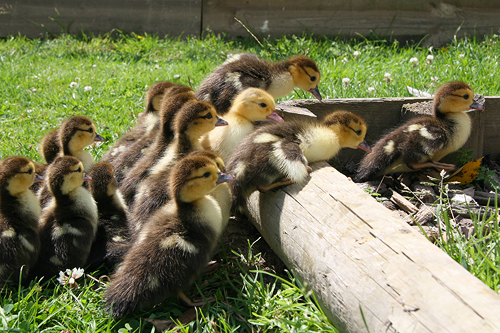 |
| Photo Credit: Pete Holmes |
Recall the way the protagonist's experience in The Threshold changed her perspective on herself and the difficult circumstances surrounding her? She's accepted her own part in her continual inability to come off conqueror, and she's ready to change - to be the better person she knows she can be. The trick is, people often make crazy promises when they are in dire circumstances; (and recall, our heroine has just come through the lowest point in her life thus far, The Reversal). When a person has dug themselves out of the mire do they still recall the promises they made in their time of hardship? Will your protagonist?
This is the purpose of the final obstacle. The protagonist is put into a situation in which she has the choice to continue doing exactly as she's done throughout her life, or to make that difficult change - as she said she would - and become a more powerful foe for the antagonist.
Martha Alderson says it best (Martha Alderson ALWAYS says it best) in her YouTube series, How Do I Plot a Novel, Memoir, or Screenplay.
"In the scenes that lead up to the climax you want the protagonist to still face hurdles, obstacles, dilemmas - things that she has to overcome - only now she'll overcome them with the new sense of herself that was created because of what happened at the crisis (aka Reversal). She was awakened at the crisis and came to terms with what was going on in her back story, or all the different elements that contributed to her not living her perfect life, and she sort of does that in the threshold. Now she's going to still meet up with obstacles, you have to throw even more intense obstacles in her way because now she's more powerful. She knows who she is, and as flawed as she may be, she's much more aware of what she brings and what her strengths are. That means she can't prevail until the climax; or she can in small ways, but you want to make sure that the obstacles are formidable enough that it allows us to see what the character does now that she's conscious and awake and aware of who she is as a character," (Step 24)
Do you plan to have a final obstacle scene? Do you think such a scene is a necessary element to typical story structure?
MY DAY 30: I'm embarrassed to admit it, particularly because I was trained as a runner to sprint to the finish line, but I did not write one word on day 30. I was mentally exhausted and knew no amount of writing would get me anywhere near the end of the manuscript, so I just gave up. Don't follow my bad example! Sprint to the finish line! It's only a few more days of work and then you can take a break and be done for a bit!
No comments:
Post a Comment